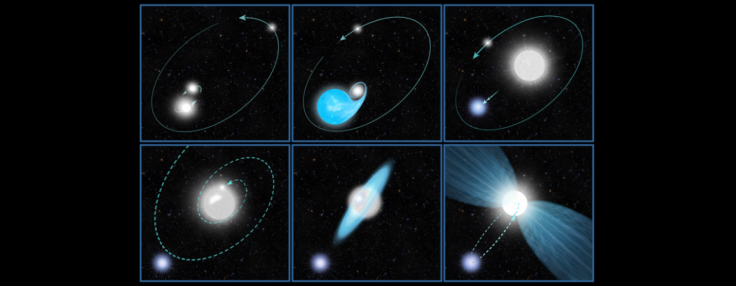
Eta Carinae, one of the brightest known stars in the Milky Way galaxy went through some tumultuous times over the last two centuries, colliding with neighbours, eating other stars and so on. During this time, about 170 years ago, Eta Carinae erupted, unleashing almost as much energy as a standard supernova explosion.
That powerful explosion, however, wasn't really enough to obliterate Eta Carinae, it is still there, visible as a dumbbell-shaped binary star and astronomers are yet to fully explain, or even understand and explain the explosion.
NASA's Hubble site explains that though it is not possible to travel back to the 1800s to once again see and record the actual eruption, a "rebroadcast" of sorts was captured by scientists, about 170 years later, now. This was made possible by light reflecting off interstellar dust clouds and reaching Earth only now. The same light from the original explosion. This effect is called a light echo, notes Hubble site.
New measurements from the 19th-century eruption, were reportedly made by ground-based telescopes, and they have revealed that material from the explosion has been expanding with record-breaking speeds of up to 20 times faster than astronomers first believed. These velocities, notes the report, are similar to what is seen as the fastest materials ejected by a supernova, rather than soft winds that usually come from massive stars as they die.
Astronomers studying this new data found that the eruption recorded in the 1840s might have been triggered by a long-standing stellar feud among three sibling stars. This battle ended up completely obliterating one of the stars and left one massive star and one small star orbiting it.
As for the explosion itself, it spewed material more than 10 times the mass of the Sun into space. This ejected mass left two gigantic polar lobes that resemble the iconic dumbbell shape seen in today.









